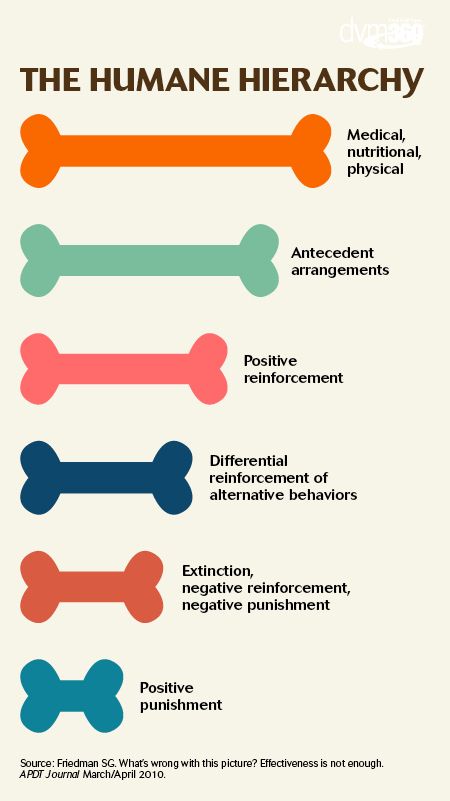Partnering with a trainer is a no-brainer
Don't just hand your clients business cards of trainers youve never met and know nothing about. Commit to partnering with a trainer to improve your patients health.
Though many studies have shown a link between pet behavior and health (and between pet behavior and owner relinquishment), most veterinary professionals don't jump for joy at the thought of behavior consultations. (Don't believe us? Check out the results from our survey here).
If behavior isn't your cup of tea (or your area of expertise), or if you just want to take behavior services to the next level in your practice, try joining forces with a local trainer. At the very least, investigate a trainer well enough to make confident referrals. That trainer, in return, can refer clients to you. But with so many trainers, how do you choose a partner?
Look at the trainer's training model, says CVC educator Mikkel Becker, CBCC-KA, CPDT-KA, CDBC, CTC, KPA graduate. One model Becker really likes is the Humane Hierarchy, which was developed by Utah State University psychology professor Susan Friedman, PhD. The Humane Hierarchy incorporates the expertise of trainers and veterinary professionals by design.
Instead of jumping directly to punishment, the hierarchy lists several different ways to address a negative behavior before reaching punishment. These steps take the pet's health into account as well as its environment to take a holistic approach to behavior.

(Shutterstock.com)The first step is to look at health and nutrition. This is one of the times the partnering trainer would refer the pet to you, the veterinary health professional. The second step looks at environment (for example, is the pet getting enough exercise and enrichment?), and the third step is positive reinforcement.
“Then we [speaking for trainers] can give them a replacement behavior," Becker says. "So for example, say we have an animal that's jumping up. Rather than punishing the pet for jumping up, what we might do is reward it when it naturally settles down or give it attention then. Or, ideally, we can give the pet a replacement behavior. We could teach the pet to touch our hand with its nose, to sit, or go to its bed.”
The next step includes extinction. “For the animal that's jumping up, we're going to completely ignore it altogether,” says Becker. This step also includes negative reinforcement and negative punishment. Negative punishment might look like putting the pet in time out for a few minutes.
Time for positive punishment, right? Not so fast, says Becker. “Before getting to positive punishment, we want to stop and look at it again,” she says. Becker will often go back to the beginning of the hierarchy at this point to see if there's something she missed and perhaps refer to a veterinarian, if needed.
Listen to the audio below to hear about the Human Hierarchy in Becker's own words …